Introduction
Imagery—it allures and fascinates us; its measurements inform us. It draws us in to explore, analyze, and understand our world. First comes the astonishment of its raw beauty—the enormity of a hurricane, the stark glaciers in Greenland, the delicate branching of a redwood’s lidar profile, a jagged edge of a fault line in radar, the vivid greens of the tropics, the determined lines of human impact, the rebirth of Mount Saint Helens’ forests, the jiggly wiggly croplands of Asia and Africa, the lost snows of Kilimanjaro. Each image entices us to discover more, to look again and again.
Then we start to ask questions. Why do trees no longer grow here? Can trees grow here again? How much has this city expanded? Will the transportation corridors support emergency relief? Why did this house burn while the one next door is untouched by flames? What crops flourish here? Will they produce enough food to feed the people of this region? Why has this landscape changed so dramatically? Who changed it? When we bring imagery and GIS together we can answer these questions and many more. By combining imagery and GIS, we can inventory our resources, monitor change over time, and predict the possible impacts of natural and human activities on our communities and the world.
This category (Imagery & GIS) in GIS and IT Tools teaches readers about the many ways that imagery brings value to GIS projects and how GIS can be used to derive value from imagery. Imagery forms the foundation of most GIS data. Whether it be a map of transportation networks, elevation contours, building footprints, facility locations, vegetation type, or land use, the information in most GIS datasets is derived primarily from imagery. Alternatively, GIS allows us to more efficiently and effectively derive information from imagery. Organizing imagery in a GIS brings the power of spatial information management and analysis to imagery.
The purpose of this category (Imagery & GIS) in GIS and IT Tools is to unlock the mysteries of imagery, to make it readily usable by providing you with the knowledge required to make informed decisions about imagery. More than just an overview of remote sensing technology, this category (Imagery & GIS) takes a hands-on, decision-focused approach. Each blog evaluates practical considerations and links to online interactive examples. category (Imagery & GIS) also includes multiple real-world case studies that highlight the most effective use of imagery and provide advice on deciding between alternative
image sources and approaches. The category (Imagery & GIS) provides guidance on
1. choosing the best imagery to meet your needs;
2. effectively working with and processing imagery;
3. efficiently extracting information from imagery; and
4. assessing, publishing, and serving imagery datasets and products.
Humans have always coveted a bird’s-eye view. The resulting knowledge of where we are relative to others and the resources we need has long been treasured and is necessary for survival. Remote sensing, the science of measuring the attributes of an object from a distance, provides us with imagery. Offering valuable insights into how humans interact with the earth, imagery and GIS allows citizens, governments, corporations, and nonprofits to fundamentally understand patterns of resource status, use, and change.
It took thousands of years for humans to invent cameras and aircraft, but within 30 years of their invention, they were combined, and remote sensing was born. In the late 1800s and early 1900s, early remote sensing systems consisted of cameras placed first on balloons and kites, and then on airplanes. Later, the military operations of World Wars I and II as well as the Cold War spurred remote sensing into a field of science, resulting in methods and technologies that allow us to analyze and measure features from a distance. Remote sensors are now everywhere—from your cell phone camera to the video camera above your bank teller machine, to satellites hundreds of miles in space. Imagery and GIS support a broad array of applications including weather prediction, disaster-response, military reconnaissance, flood planning, forest management, habitat conservation, wetland preservation, mineral exploration, famine early warning, agriculture yield estimates, urban planning, wildfire prevention and control, fisheries management, transportation planning, humanitarian aid, climate monitoring, and change detection.
Precision agriculture
Information gathered during harvest, including yield at any given location, helps growers track their results and provides valuable input for calculating seeding and soil amendment rates for the following year. The images on this page and the next one are interactive at thearcgisimagerybook.com.
Humanitarian aid
Access to up-to-date imagery shows the creation of the Zaatari refugee camp over a nine-day the period in July 2012. Designed to hold over 60,000 people, its population skyrocketed to over 150,000 before new camps relieved some of the pressure. The story map The Uprooted tells the tale.
Forestry
Dynamic access to data on forests in Europe is derived from the Corine Land Cover 2006 inventory. Corine means “coordination of information on the environment”.
Mining
The geologic nature of the landscape comes to life using earth-orbiting satellites.
Natural Disaster Assessment
This scene shows the destruction of Hurricane Sandy’s storm surge in Seaside, New Jersey. The active swipe map compares pre- and postevent imagery from the National Oceanic and Atmospheric Administration (NOAA).
Climate and weather study
This short map presentation from NOAA answers many of the questions about the effects of El Niño. Scroll down to learn more about this climate feature and its characteristics.
Engineering and Construction
Development projects actively under construction in the City of Pflugerville, Texas, are displayed here.
Oil and gas exploration
This geologic map compiled by the Kentucky Geological Survey relates the theme of land use, environmental protection, and economic development.
The Urban Observatory is an ambitious project led by TED founder Richard Saul Wurman to compile data that allows the comparison of metro areas at common scales.
Remote sensing has always been a rapidly changing field with technologies readily adopted as they become operational and cost-effective. However, recently the pace of adoption has quickened. Long a staple of military operations, remotely sensed imagery has recently exploded for civilian use as availability and access have increased while prices have declined. This rapidly quickening the pace of change results from
- the evolution of sensors from capturing images on film to capturing them on digital arrays. As a result, storing, accessing, and analyzing imagery has become much easier and faster. As the microelectronic performance continues to improve, sensors will continue to become lighter, smaller, more powerful, and less expensive.
- platform improvements result in more agile and smaller platforms that are less expensive to operate. Besides airplanes and large satellites, imagery is now collected from unmanned airborne systems (sometimes called drones) and constellations of small satellites.
- increasing accessibility because of growing supply, policy changes, and the ability to quickly serve cached imagery across the web. While much high-resolution satellite imagery is license restricted, both the United States and the European Union offer global imagery at no cost in the public domain from their moderate-resolution systems (Landsat and Sentinel), and high-resolution airborne imagery is freely available from many local, state, or federal agencies across the United States. Additionally, archived high-resolution imagery is readily available for free viewing on many web services, including ArcGIS Online, Google Earth, and Bing.
- improved positional accuracy. GPS and other technologies allow for precise registration of imagery to the ground, which supports the easy integration of imagery with other GIS datasets. Additionally, humans can now easily locate themselves on web-served imagery using the GPS in their cell phones.
- the advent of cloud storage and the plummeting cost of computer disk space and memory. Imagery is Big Data and the files can be very large, but Big Data becomes less and less of a barrier to use as the cost of data storage continues to decline and accessibility improves.
- spatial information becoming mainstream. Until the turn of the century, few people had the expertise or resources required to manipulate and analyze imagery, and maps remained nonintuitive. Now, with spatial information at our fingertips, many more people are spatially aware, and location has become a commodity. As a result, remote sensing and GIS have attracted a generation of brilliant software engineers who were brought up using computers and who rapidly bring innovations in computer science and database management to the geospatial sciences.
Ref. Book: Imagery & GIS


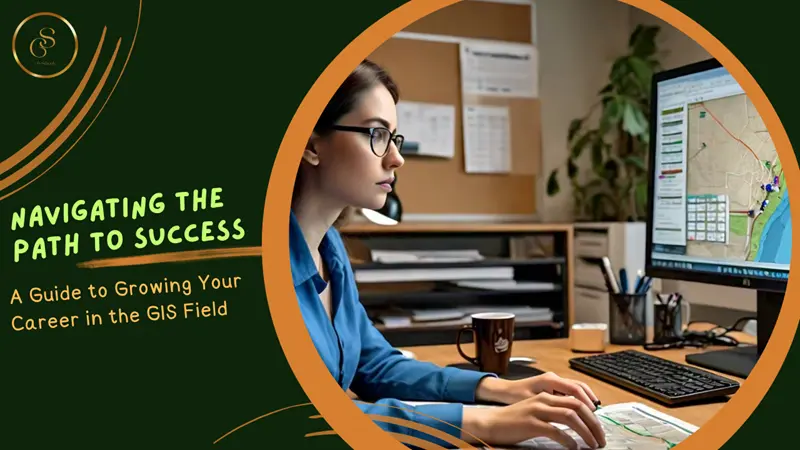
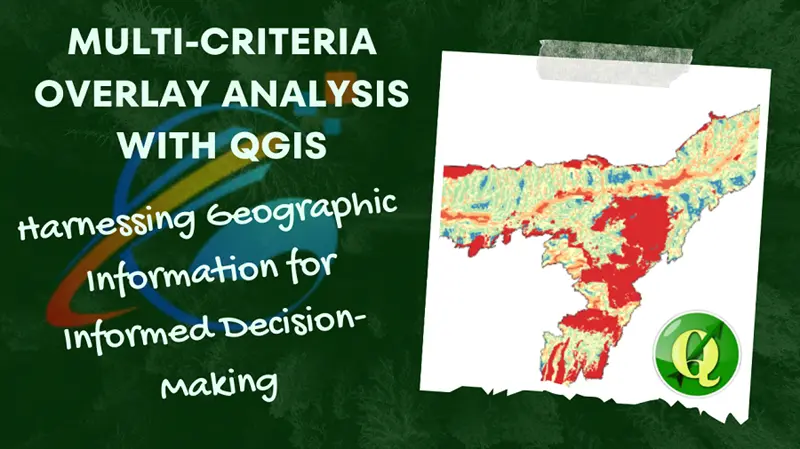
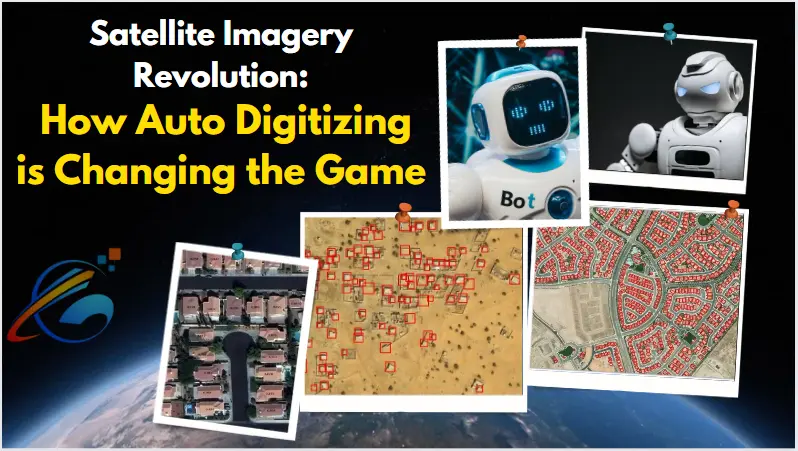
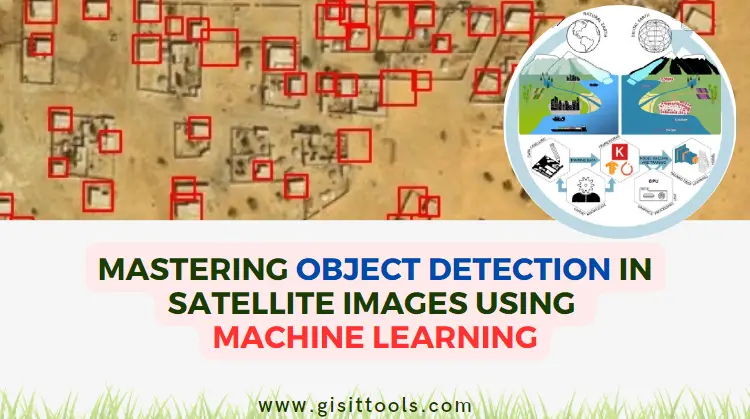
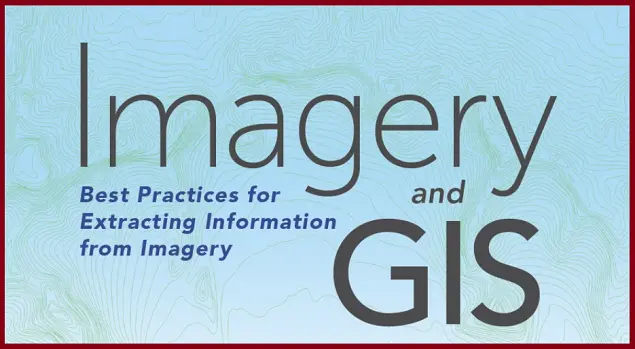
comments
Leave a Reply
Your email address will not be published. Required fields are marked *